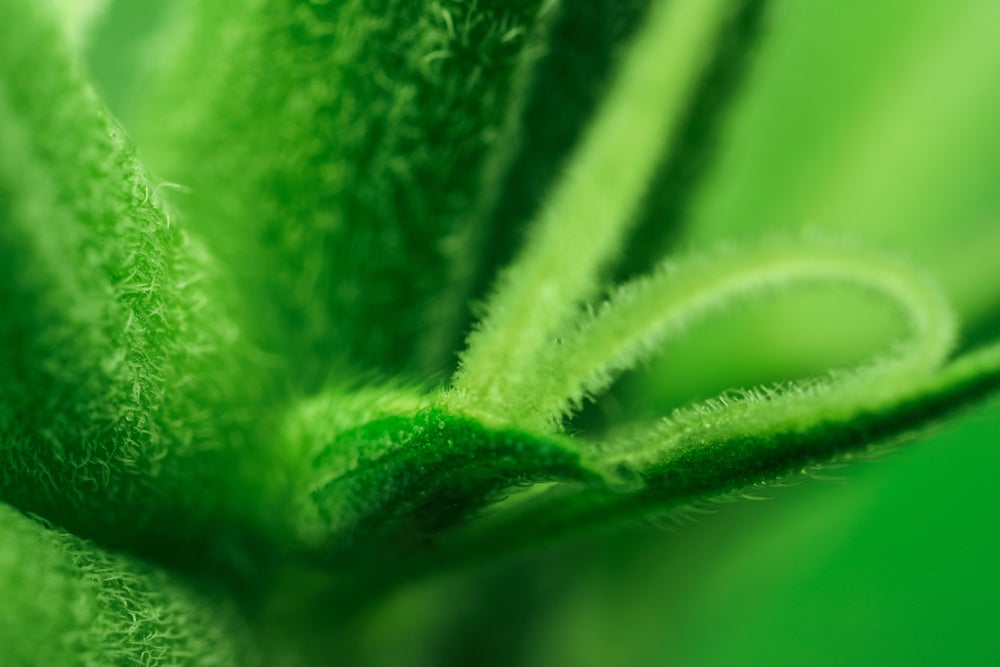
Limited Time Only - FREE SHIPPING ON ALL ORDERS!!!
ACMPR Wholesale Orders "Click Here"
All Orders Arrive in 1 week

Cannabis growers rely on cloning to propagate stable, uniform plants with known traits and sex expression. Cloning utilizes the plant’s natural capacity for asexual reproduction. By understanding the biological principles involved, we can optimize techniques and success rates. Let’s examine the science behind cloning cannabis.
Asexual Reproduction
Asexual reproduction creates genetically identical offspring from a single parent plant through mitotic cell division. The daughter plants are clones carrying the exact same genetics. Asexual reproduction occurs in nature via structures like rhizomes, bulbs, tubers, or plantlets. Growers induce it via cuttings.
With cloning, stem cuttings are taken from a mother plant. These cuttings form adventitious roots and shoots to create clones genetically identical to the mother. The new plants are essentially extensions of the parent plant’s body. No sexual reproduction or seeds are involved.
Cloning Taps Into Meristematic Tissue
Meristematic tissues contain undifferentiated cells capable of renewed growth. Rooting cuttings relies on meristematic cells at the vascular cambium layer just below the bark. These cells can differentiate into new root and shoot tissue.
The cut severs the stem where cambium is most active in order to maximize regenerative capacity. New cell growth forms callus tissue which organizes into root initials. Rooting hormones like auxins stimulate this cell proliferation. Given the right conditions, a whole new plant emerges from a stem fragment.
Optimal Plant Maturity
Successful rooting requires a balance – cuttings from fully hardened mature stems often root poorly. But tissue that is too juvenile and undeveloped also struggles. Optimal donors are rapidly growing plants just past the seedling stage.
For cannabis, cuttings are generally taken from branches around 4-8 weeks into vegetative growth. At this stage the parent plant provides abundant food resources to support root growth while meristematic cells remain active enough for regeneration.
Proper Cutting Procedure
The specifics of cutting technique influence outcomes. Using sterilized, sharp shears or pruners ensures clean cuts that heal rapidly. Oblique 45 degree cuts expose more cambium versus straight horizontal cuts across the stem.
Cuttings are taken just below leaf nodes where rooting hormones naturally concentrate and cell division is vigorous. Retaining some leaves provides food production via photosynthesis while new roots establish.
Rooting Conditions
Keeping freshly cut stems consistently warm, humid, and out of direct light is critical for the first 7-10 days. This prevents moisture loss before roots form to take up water.
Rooting media should provide plenty of air space for new root growth while retaining moisture. Peat, perlite, vermiculite and coconut coir mixes work well. The media must remain moist but not saturated.
Hormones like synthetic auxin indolebutyric acid (IBA) applied at the cut site accelerate cell division and root initiation. Maintaining high humidity around cuttings prevents the IBA from dissipating before uptake occurs.
Pruning Fresh Clones
Newly rooted clones benefit from judicious pruning of lower leaves and branches. Removing the lowest 1/3 of foliage and small shoots channels more energy into the top.
This energy fuels rapid vegetative growth required to become a vigorous plant. Retaining too much foliage can result in root and leaf growth becoming out of balance.
Ongoing Care in Veg
Successful rooting is just the beginning of the cloning process. Optimal conditions must continue through vegetative establishment:
With the right care, cannabis clones transition seamlessly from adventitious roots into thriving young plants. Cloning couples science with practice to multiply and preserve plants exhibiting ideal qualities. Understand the principles while paying close attention to plants’ needs at every stage.
For a comprehensive understanding of Cannabis, we recommend reading our posts on Easy Cannabis Strains for New Growers, How Can Cannabis Clones Save Me Money and Time, and Cannabis Facts and Effects.